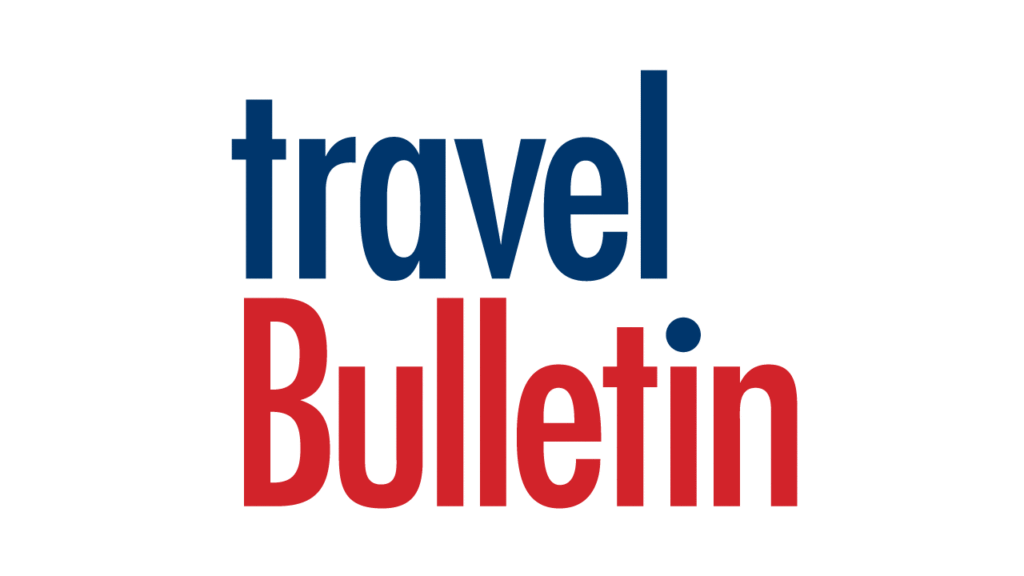/images/frontpage pointers/regular columns/Ian-McMahon.jpg

Time to make-up
ONE of the most exciting prospects stemming from the Qantas-Emirates merger – rightly described as “formidable”, “seismic” and “game changing” by Emirates president Tim Clark – is the boost that it will give to the inbound market.
Not only will Emirates be offering flights to Australia from more than 30 Europe ports, plus dozens of others in the Middle East and North Africa, but the Australian flag carrier will now also have a codeshare presence in those ports to supplement London where it still flies its own metal.
And not only will Qantas be offering its inbound passengers seamless access to this country’s largest domestic air network, but Emirates will now be able to offer its passengers exactly the same thing.
What an incentive for the Middle East carrier to promote destinations where its aircraft do not fly – destinations such as Cairns, the Gold Coast, the Top End, the Red Centre, Tasmania – not only increasing tourist numbers but, particularly useful, their dispersal throughout the country.
However, if you think Tourism Australia will be enthusiastically working with the carriers to exploit the tourism potential of their alliance, you are only half right.
Dubai-based Emirates is most certainly working closely with Australia’s national tourist office. Indeed it devotes more resources to the partnership it has negotiated with TA than to any of its other partnerships with NTOs around the world.
However Australian flag carrier, Qantas, is no longer working with TA following the well-publicised dummy spit of its managing director Alan Joyce over reports that TA chairman, and former Qantas boss, Geoff Dixon, was involved in moves to take over the carrier. Qantas says it will still be promoting Australia by working in conjunction with the tourism authorities of the states and territories.
The announcement that NSW tourism promotion is to benefit from a $15 million injection of Qantas funds, “by far” the biggest contribution it makes to any state, will certainly reinforce the airline’s reputation for Sydney-centric decision-making but it will do little to convince critics that it is a productive use of promotional dollars in the national interest.
It undermines the painstaking work undertaken by the Australian tourism industry over many years to develop a unified co-operative approach that harnesses the resources of the states and territories under the leadership of TA.
Admittedly the prospect of a Qantas takeover involving Dixon is somewhat short of enticing in light of the support that he gave to the now discredited private equity bid for the airline in those heady days before the GFC took the fizz out of the world’s stock exchanges. But Joyce’s response is not helpful. Come on Alan. Time to make up.
NDC: a voice for Aussie agents
As you can read elsewhere in this issue (page 5), agents from around the world have concerns about the New Distribution Capability (NDC) under development by IATA.
These concerns centre on potential loss of comparison shopping ability, privacy issues and the cost to travel agents. IATA claims their fears are groundless.
However, Australian agents can take comfort from the fact that they have a voice in the process through their trade association – I commend to your attention Jay Westbury’s AFTA View column.






